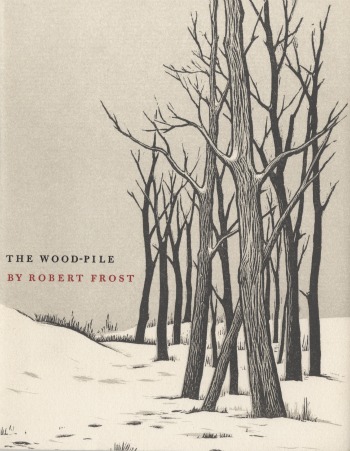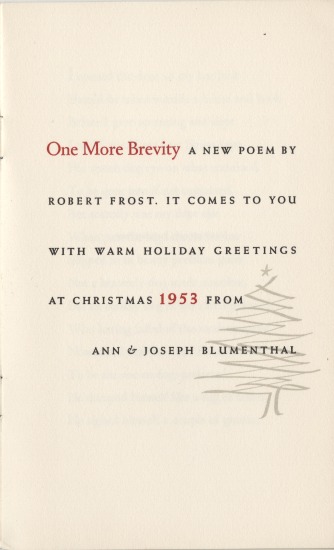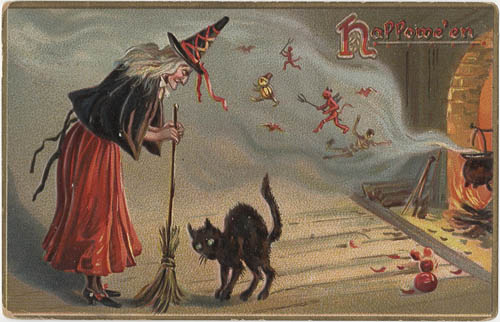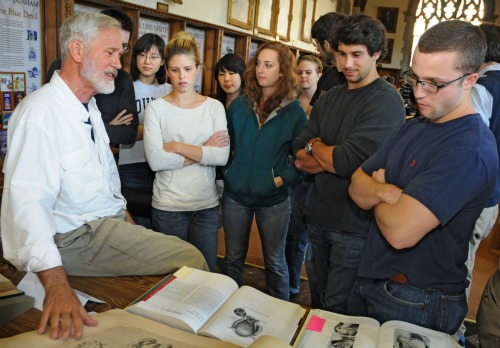The Rubenstein Library owns a well-worn copy of Robert Burns’ Poems, Chiefly in the Scottish Dialect that was selected for conservation treatment in October of 2010. The full sheepskin binding was in fair condition and broken at the board hinges. A previous spine repair attempt with what appeared to be Elmer’s glue left the leather on the spine looking, shall we say,… shiny? The glue coating also resulted in irreparable damage to the fragile sheepskin covering and caused the outer layer of the leather to separate and peel.
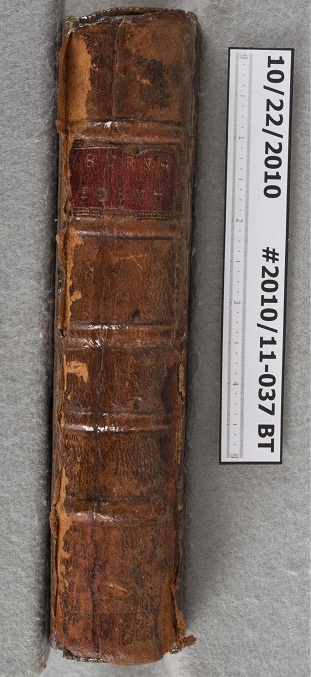
In addition, the pages were fairly dirty and, at the front of the text, were tipped to one another in ways that made it difficult to turn them safely.

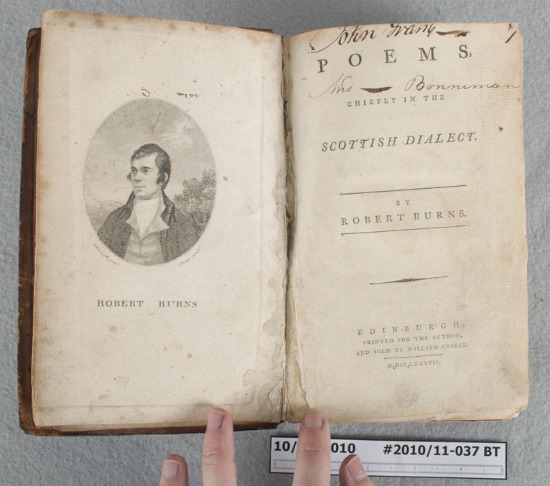
In consultation with curators, conservators from the Conservation Services Department decided on a treatment that involved surface cleaning the text; removing damaging previous repairs; page mending and hinging in loose pages; reinforcing the board attachments; and recovering the spine with leather dyed to match the original sheepskin covering. The treatment resulted in a binding that retains the character and evidence of use of the original but is much more stable and functional.
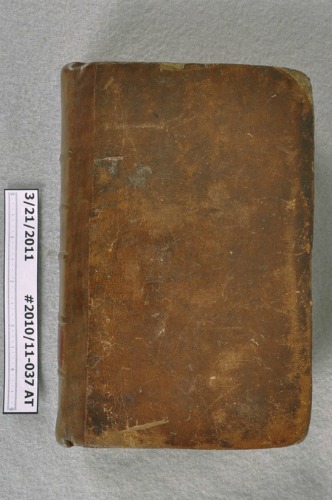
Post contributed by Erin Hammeke, Conservator for Special Collections. Thanks Erin! Visit the Conservation blog, Preservation Underground, for more from our friends in the lab!







